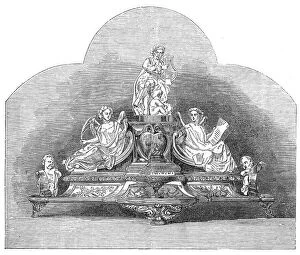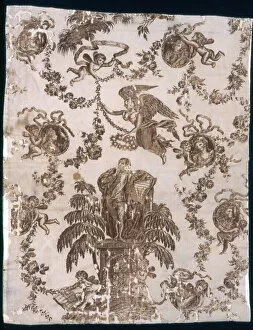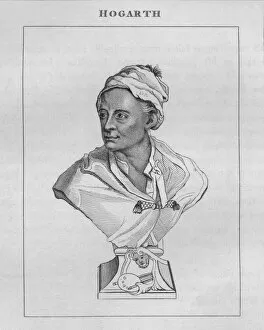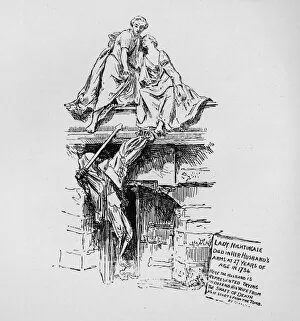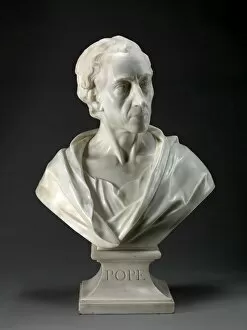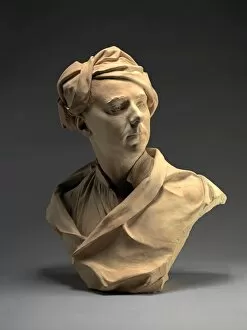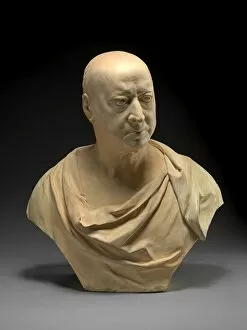Louis François Roubiliac Collection
Louis François Roubiliac, a renowned French sculptor of the 18th century, left an indelible mark on the art world with his exquisite creations
For sale as Licensed Images
Choose your image, Select your licence and Download the media
Louis François Roubiliac, a renowned French sculptor of the 18th century, left an indelible mark on the art world with his exquisite creations. Born in 1702, Roubiliac's talent and skill propelled him to great heights, earning him recognition and admiration across Europe. One of his notable works includes "Modelling His Monument to Shakespeare, " a masterpiece that showcases his deep reverence for the English playwright. Completed between 1760 and 1761, this sculpture captures Roubiliac's dedication to capturing the essence of Shakespeare's genius. Roubiliac's artistic prowess extended beyond sculptures dedicated to literary figures. He also crafted stunning pieces like "George Frideric Handel as Apollo" in 1859. This bronze electrotype exemplifies Roubiliac's ability to immortalize prominent individuals through his artistry. His influence can be seen in various forms throughout England. From Hogarth's depiction of him in c1741 to unknown artists' renditions such as "Roubilliac (1702-1762)" from 1830 or "Handels Monument" from 1881, it is evident that Roubiliac made a lasting impact on British culture. Not limited to monumental sculptures alone, Roubiliac also showcased his versatility by creating delicate porcelain artworks like the enchanting "Chelsea Porcelain Head" from c1746. Additionally, he designed beautiful groups representing seasons and even captured Princess Amelia herself in mid-18th century splendor. Roubiliac's legacy lives on through numerous masterpieces scattered across time and space. Each artwork tells a story – whether it be John Wilkes' bust symbolizing political power or The Nightingale Monument paying homage to those who left their mark on history, not just an engraver but an artist who breathed life into stone and porcelain alike.

